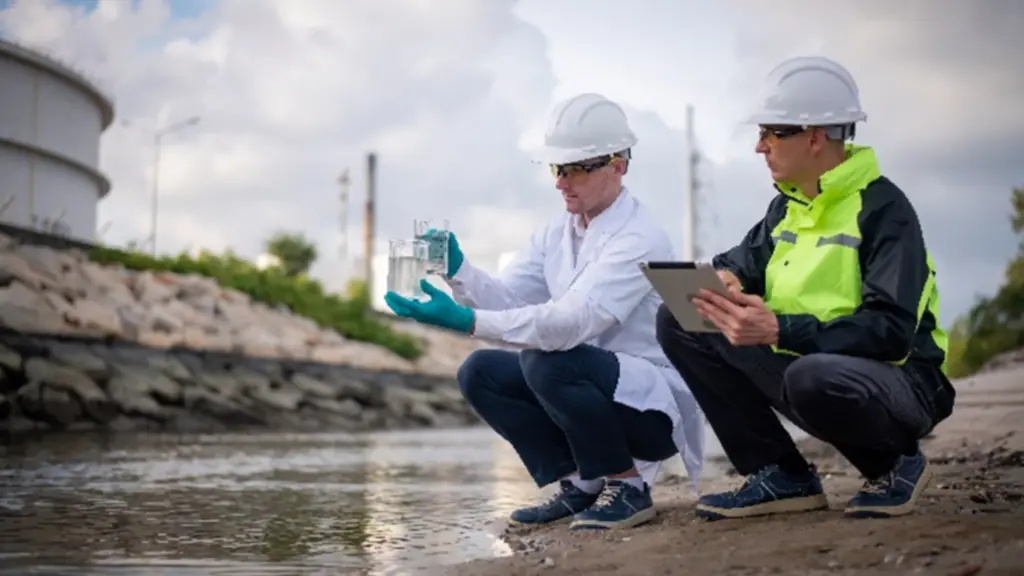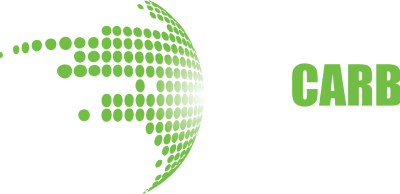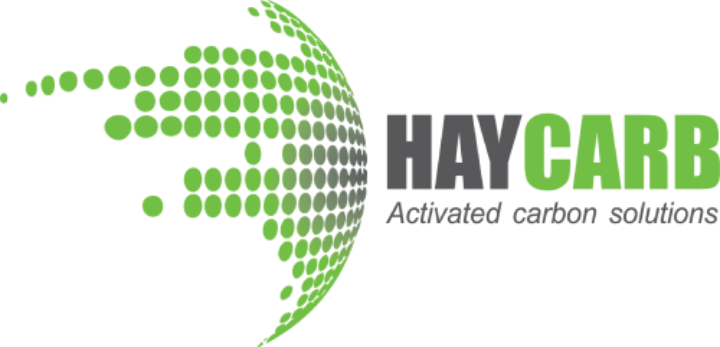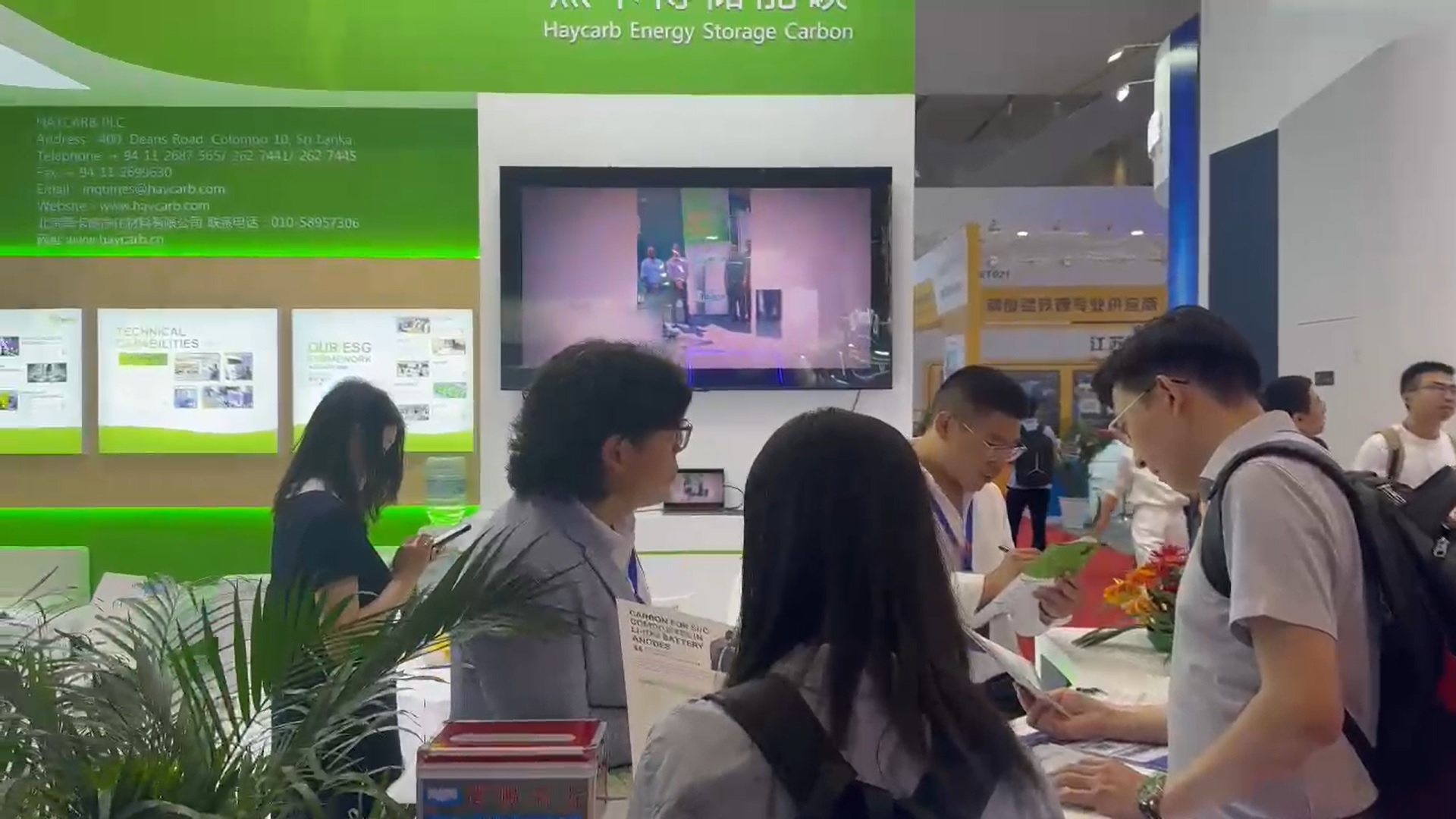
Over the past several years, regulation of PFAS contamination in drinking water has accelerated worldwide in response to growing evidence of their persistence and potential health risks. Governments and regulatory bodies in North America, Europe, and the Asia-Pacific region are establishing stricter limits for PFAS in drinking water, often in the single-digit parts per trillion (ppt) range. These evolving standards reflect increased awareness of PFAS as “forever chemicals” and the need to protect public health and the environment. As regulations continue to develop, water utilities, industries, and technology providers are adapting treatment strategies, implementing pilot testing, and retrofitting existing systems to meet compliance requirements while ensuring safe, clean water.
Awareness of evolving PFAS regulations is critical to ensuring safe water management and compliance with legal standards. As limits for PFAS in drinking water become increasingly stringent worldwide, staying informed helps organizations design effective treatment systems, implement appropriate monitoring, and validate performance through pilot and field testing. Regulatory awareness also supports long-term planning, operational efficiency, and environmental responsibility, ensuring that PFAS mitigation measures meet both public health requirements and sustainability goals.
Why the U.S. is at the Center of the PFAS Debate?

The United States has become ground zero in the battle against PFAS in drinking water contamination. According to the Environmental Working Group (EWG), these “forever chemicals” are estimated to be present in the water supply of over 200 million Americans. To understand the scale of the challenge, more than 73 million people are currently served by water systems exceeding the new EPA PFAS drinking water standards (NRDC).
Additionally, several U.S. states have implemented their own PFAS standards, often stricter than the federal guidelines.
Recognizing the severity of PFAS contamination, the U.S. Environmental Protection Agency (EPA) has introduced some of the toughest drinking water regulations in history. Under the National Primary Drinking Water Regulation (NPDWR) finalized in April 2024, the EPA set Maximum Contaminant Levels (MCLs) for PFOA and PFOS at 4 parts per trillion (ppt), the lowest enforceable limits ever established for these compounds.
Following further review, on May 14, 2025, the EPA announced an adjustment to the rule, narrowing its scope to the two most prevalent PFAS compounds, PFOA and PFOS, while extending the compliance timeline for public water systems from 2029 to 2031. This extension allows utilities additional time to upgrade treatment systems and monitoring protocols to meet the new federal standards.
In California, the fight is even stricter. Under Proposition 65, businesses must provide clear warnings about chemicals known to cause cancer or reproductive hazard including PFAS. Add to this the billions of dollars in lawsuits and federal funding pouring into clean-up efforts, and the message is clear: PFAS aren’t going away on their own, and action is no longer optional.

Granular Activated Carbon – A Key Technology for PFAS Removal
Granular Activated Carbon for PFAS removal has emerged as a proven, scalable, and sustainable solution for removing PFAS from drinking water, groundwater, and industrial wastewater. Its highly porous surface effectively adsorbs PFAS molecules, reducing contamination to safe levels. Haycarb’s coconut shell GAC is NSF-certified and engineered for optimal PFAS removal, supporting utilities and industries in meeting stringent regulatory standards while enabling robust, long-term water treatment solutions.
NSF-certified and engineered for optimal PFAS removal, supporting utilities and industries in meeting stringent regulatory standards while enabling robust, long-term water treatment solutions.
By leveraging Activated Carbon for PFAS Removal, utilities can achieve higher adsorption efficiency and ensure compliance with global drinking water standards.
Advanced PFAS treatment technologies such as GAC play a critical role in supporting these systems, offering consistent performance and long-term sustainability.
Europe: Ambitious Limits, Broad Restriction Proposals
- Under the EU’s Drinking Water Directive (DWD) recast, starting 2026, water suppliers will be required to monitor PFAS levels. The directive proposes 0.5 µg/L (500 ppt) as the maximum total PFAS concentration and 0.1 µg/L (100 ppt) for the sum of 20 individual PFAS compounds (European Environment Agency)
- Some already regulated PFAS include PFOS – Perfluorooctane Sulfonic Acid (restricted under POPs, Stockholm Convention) and PFOA – Perfluorooctanoic Acid (banned under EU’s POPs regulation since July 2020) (Source: European Chemicals Agency)
- The European Chemicals Agency (ECHA) aims to complete its scientific evaluation of the broad PFAS restriction package by end of 2026 (European Chemicals Agency)
Asia & the Pacific: Emerging Regulation, Growing Awareness
- In a review of PFAS levels across ~20 Asian countries, studies have detected PFAS in both water and human blood/serum, showing that exposure is widespread across the region (Royal Society of Chemistry)
- In many Asian and Latin American countries, regulation is still limited. Some follow Stockholm Convention–based restrictions for PFOS or PFOA, but most PFAS compounds remain unregulated (INOGEN Alliance)
At Haycarb, we remain committed to delivering advanced, NSF-certified activated carbon technologies that make PFAS removal possible. By working together with municipalities, industries, and communities worldwide, we can safeguard public health, comply with evolving regulations, and protect every drop of water for future generations.
Translating Policy into Design Parameters
Regulatory limits define effluent quality targets but do not prescribe design geometry. Engineers must translate those limits into empty bed contact time (EBCT), bed volumes (BV) to breakthrough, and sampling frequency.
Data Documentation and Qualification Protocols
Utilities now require comprehensive and traceable documentation to ensure the effectiveness and reliability of PFAS treatment systems. Key records include:
- Influent and Effluent PFAS Concentrations – Measured using EPA Methods 533 or 537.1.
- EBCT and Flow Rate Documentation – Detailed records of Empty Bed Contact Time and operational flow rates.
- RSCT Results – Rapid Small-Scale Column Tests to predict full-scale system performance.
- Change-Out Criteria – Defined triggers for media replacement, such as 10% breakthrough of PFAS.
- Chain of Custody – Complete traceability for both water samples and spent media to ensure compliance and accountability.
From Awareness to Action – Practical Steps
Moving from regulatory awareness to full-scale PFAS treatment requires a structured, data-driven approach:
- Identify the Regulatory Driver – Determine applicable standards (state, EPA, or client requirements).
- Collect Baseline Data – Measure PFAS concentrations and Dissolved Organic Carbon (DOC).
- Specify Media Certification – Ensure selection meets standards such as NSF/ANSI 61 or WQA.
- Pilot Testing – Conduct trials under representative Empty Bed Contact Time (EBCT) to evaluate performance.
- Document and Update SOPs – Use pilot insights to refine procedures and support scale-up.
At Haycarb, the PFAS program is focused on translating regulatory awareness into practical implementation through data-driven approaches. The team collaborates with utilities and engineering consultants to bridge the gap between compliance targets and treatment performance. Media selection is guided by certification requirements such as NSF/ANSI 61 and WQA to ensure suitability for potable and industrial applications. Pilot evaluations are conducted to assess PFAS removal performance and overall system reliability under representative operating conditions. Insights from these studies are used to refine operating procedures, improve process consistency, and support the transition from pilot-scale assessment to full-scale implementation reflecting Haycarb’s commitment to practical and sustainable PFAS treatment solutions.
Frequently Asked Questions (FAQs)
- What makes PFAS substances so persistent in the environment? PFAS are called “forever chemicals” because the carbon–fluorine bonds in their molecular structure are extremely strong. This makes them resistant to natural degradation, causing them to accumulate in soil, water, and living organisms over time
- How widespread is PFAS contamination in drinking water? PFAS contamination has been detected globally, including in the U.S., Europe, and parts of Asia-Pacific. Millions of people are exposed through drinking water, industrial effluents, and even contaminated surface water, making monitoring and removal critical.
- Can PFAS be removed from private wells or only large municipal systems? PFAS removal is possible in both scenarios. Point-of-Use (POU) and Point-of-Entry (POE) systems using high-quality GAC can treat smaller private water sources effectively, making PFAS mitigation accessible for homes as well as industrial and municipal applications.
- How do environmental regulations impact PFAS treatment requirements? Stricter regulations, like the U.S. EPA limits and EU Drinking Water Directive, are pushing municipalities and industries to adopt advanced PFAS treatment technologies. Compliance ensures both public health safety and avoidance of regulatory penalties.
- Is PFAS removal a one-time process or does it require ongoing maintenance? PFAS removal systems, particularly those using GAC, require routine monitoring and periodic media replacement or regeneration to maintain effectiveness. This ensures that PFAS levels remain below regulatory thresholds consistently.
- Does using activated carbon for PFAS removal impact water taste or quality? High-quality GAC products, like coconut shell–based activated carbon, not only remove contaminants effectively but also maintain water clarity and taste, providing safe and pleasant drinking water.
- How quickly can Granular Activated Carbon (GAC) remove PFAS from contaminated water? The speed of removal depends on PFAS concentration, water flow rate, and carbon properties. Optimized GAC systems can achieve significant PFAS reduction within hours to days, with coconut shell GAC providing faster adsorption for both long- and short-chain PFAS.
- Does PFAS removal impact other water quality parameters? Effective GAC systems can improve overall water quality, reducing not only PFAS but also certain organic compounds, taste, odor, and color, without introducing harmful by-products.
- What certifications should I look for when selecting activated carbon for PFAS removal? Look for NSF/ANSI 61 certification for drinking-water safety, Water Quality Association validation, and compliance with local regulations such as California Proposition 65 to ensure performance and safety.








